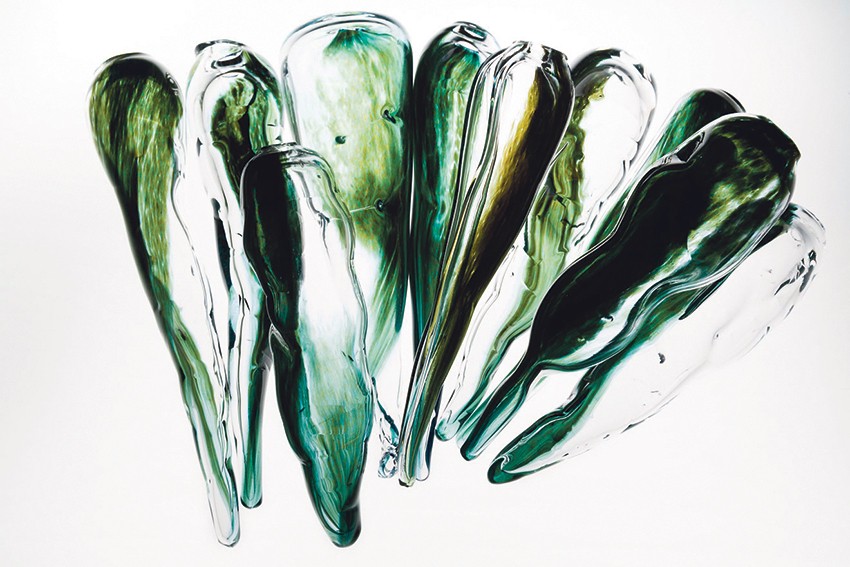Profile: Yhonnie Scarce

Yhonnie Scarce’s latest installation, Thunder Raining Poison – part of the TARNANTHI Festival at the Art Gallery of South Australia (AGSA) – is incredibly ambitious, featuring 2000 individually blownglass bush yams. Such a mammoth project could not be done alone, so Scarce enlisted the help of glass artists from the JamFactory.